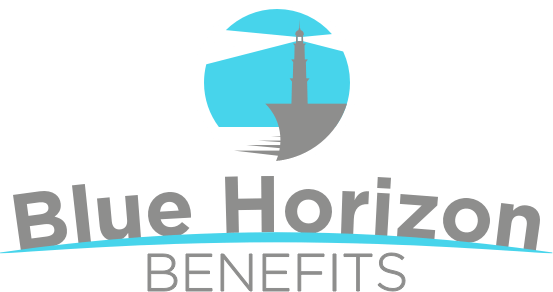High-Deductible Plans Saddling Workers with Bigger Drug Outlays
A new study has found that high-deductible plans and increased use of coinsurance are exposing health plan enrollees to higher and higher pharmaceutical costs.
One of the big problems for many enrollees in high-deductible plans is that their outlays for drugs may not count towards their health plan deductibles and, if they are enrolled in separate pharmaceutical plans, they may have to pay the full list price until they meet their drug deductible, according to the “2019 Kaiser Family Foundation Employer Health Benefits Survey.”
The report warns of a growing crisis for American workers, more and more of whom are struggling with their health expenditures, be they premiums, deductibles, copays and/or coinsurance.
Workers in small firms face relatively high deductibles for single coverage and many also are saddled with significant premiums if they choose family coverage, according to the study.
The cost of group health insurance is growing at about 4% to 5% a year, reaching $7,188 for single coverage in 2019 and $20,576 for family coverage.
Workers in small firms on average contribute 16% of the premium for single coverage, compared with workers at large firms (19%), according to the report. But small-firm employees contribute 40% on average for family coverage, compared to 26% for staff at larger firms.
That said, 35% of covered workers in small firms are in a plan where they must contribute more than one-half of the premium for family coverage, compared to 6% of covered workers in large firms.
But premium contributions are only part of the story. Eighty-two percent of covered workers have a general annual deductible for single coverage that must be met before most services are paid for by the plan, and that average deductible amount is $1,655. But, the average annual deductible among covered workers with a deductible has increased 36% over the last five years, and by 100% over the
last 10 years.
THE HIDDEN COST-DRIVER
With all this as a backdrop, the cost of prescription drugs is one of the largest challenges facing group health plan enrollees, especially those who are enrolled in high-deductible health plans, whose out-of-pocket expenses for pharmaceuticals can be especially burdensome. It is the hidden cost-driver in the system.
The Kaiser survey found that about 90% of covered workers are enrolled in plans where the health plan deductible must be met before prescription drugs are covered. But, this number has been shrinking as group coverage pricing increases and employers shift more of the cost burden to employees.
There are a few ways that employees are taking on a significant load with their drug expenditures:
- First, more workers are enrolled in plans that carve out prescription drugs, meaning that their expenditures on medication do not count towards satisfying their health plan deductibles. About 13% of employees are enrolled in a plan with a separate annual deductible that applies only to prescription drugs.
- Many people with workers face out-of-pocket costs linked to prescription list prices regardless of the actual net, post-rebate costs. That’s because coinsurance percentages are computed based on the price negotiated between the pharmacy and the plan or pharmacy benefit manager. These negotiated prices are typically close to list prices.Even worse, patients pay the entire negotiated price when they are within a deductible and do not enjoy the benefits of rebates that the PBM may have negotiated with drug makers. Patients with these benefit designs do not benefit from rebates, though major brand-name drug makers sell their products at half of the list prices.
- In the past, health plans had two- or three-tier benefit designs for drugs, mostly for generics and brand-name drugs, with lower copays and coinsurance for the lowest-tier medicines. But as prices have started increasing, many plans have four tiers and sometimes five (the specialty tier).The disappearance of two- and three-tier benefit designs have made out-of-pocket expenses especially high for specialty drugs. Plans place therapies for such chronic, complex illnesses as cancer, rheumatoid arthritis, multiple sclerosis and HIV on the fourth and specialty tiers of benefit plan, for which the enrollee has to pay a larger share.








